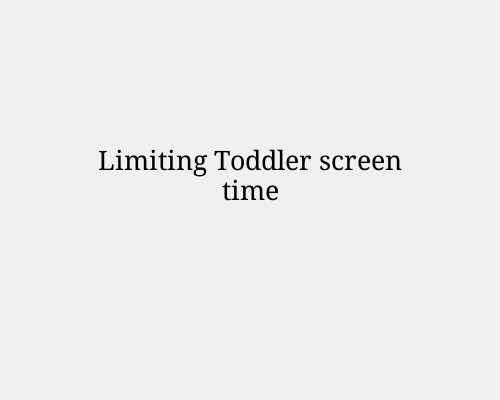
Under 18 months:
Avoid screens altogether (except for occasional video calls with family).
18–24 months:
If you introduce screens, use only high-quality, age-appropriate content and watch together so you can help them understand what they’re seeing.
2–5 years:
Limit to about 1 hour per day of high-quality programming, ideally split into shorter chunks.
The World Health Organization (WHO) and American Academy of Pediatrics (AAP) emphasize that real-life play, interaction, and movement are far more important for brain development than screen-based activities at this age.
Here’s a practical daily guide to keep toddler screen time balanced and beneficial while prioritizing healthy development:
Toddler Daily Balance: Screens vs. Real Life
Morning (wake-up to midday)
✅ No screens first thing — start with real play, movement, and conversation.
Activities: free play with toys, outdoor time, story reading, music, puzzles.
Midday (after lunch)
If desired, short screen time session (15–20 min) while you prepare food or have a break.
Tiger’s Neighborhood*).
Sit with them if possible — talk about what they see.
Afternoon
More physical play (running, dancing, climbing) and social interaction.
Keep screens off to encourage imagination.
Late afternoon/early evening
✅ Optional second short screen time session (15–20 min) — ideally interactive (drawing apps, sing-along videos).
Avoid anything too stimulating right before bed.
Evening (wind-down)
No screens at least 1 hour before bedtime to help with sleep quality.
Bedtime stories, cuddles, quiet music instead.
Key Tips
📱 Total per day: Aim for around 1 hour or less, broken into short segments.
🖐 Watch together: Turn it into a learning moment by asking questions (“What colour is that?” “What’s the cat doing?”).
🎯 Prioritize active, hands-on activities over passive watching.
🚫 Avoid background TV — it distracts from play and conversation.